This is not a proper review.
Most of you probably don’t know that I collect Isaac Asimov’s fiction. It all started when I read my mum’s copy of Foundation at the age of 12 and now, after much trawling of second hand bookshops (and a small amount of buying new copies of his still in print books — actually, I think I only have 6 new books: the Foundation trilogy because my mum’s was falling apart, Nemesis, Forward the Foundation and Gold, a posthumous short story collection) I have fifty odd Asimov books. On my shelf (which I would photograph if it wasn’t in another country), the books are arranged by first publication date and divided into short story collections and novels. And, as I have just ascertained, 40% of my Asimov books are short story (/novelette/novella) collections.
Asimov was very prolific in his lifetime, writing many short stories. And yet, it is often the same stories which keep getting collected (or anthologised). So when I find a collection I don’t already own, I’m always sceptical as to how many new-to-me stories it will contain (which doesn’t stop me acquiring it… twice I’ve bought a collection in which I’d already read all the stories). 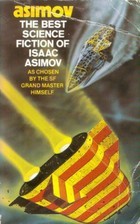 Happily, The Best Science Fiction of Isaac Asimov as chosen by the grand master himself did contain some new stories which I will talk about shortly. It also contained autobiographical notes about why he liked the stories and what compelled him to write each one. I always find these autobiographical notes, which turn up in quite a few of his collections, fascinating. Even if I had read all the stories before, I would have been keen to get this collection just for these notes.
Happily, The Best Science Fiction of Isaac Asimov as chosen by the grand master himself did contain some new stories which I will talk about shortly. It also contained autobiographical notes about why he liked the stories and what compelled him to write each one. I always find these autobiographical notes, which turn up in quite a few of his collections, fascinating. Even if I had read all the stories before, I would have been keen to get this collection just for these notes.
The stories I hadn’t read previously fell into two categories: nice short stories I hadn’t come across before, and terrible, terrible pun flash stories. Really dreadful puns at the end of stories which were otherwise not bad so long as you ignored the last line. (And one was a reference to some before-I-was-born pop culture and went straight over my head.)
Obituary
There was one really stand out short story I wanted to talk about: “Obituary”. This story was first published in 1959 and is about the wife of an also-ran physicist. Asimov mentions in the introduction that this was one of his favourite stories but that when it was published it elicited not a single reaction.
I would have welcomed even a thumbs-down gesture, or a Bronx cheer—just something to indicate that they read it at least. But—nothing.
My theory is is that “Obituary” was ahead of its time and so, perhaps, people weren’t sure how to react to it. When reading I guessed that maybe it was written in the 70s (the collection being published in the late 80s) and the original publication of 1959 surprised me.
Why? Well, “Obituary” is somewhat of a feminist story.
The protagonist’s husband is a physicist who never quite got the recognition and acclaim he deserves (he keeps on not getting credit for his work). The story opens after he leaves the university, sets up his own laboratory and starts working in secret. All prompted by reading the obituary of one of his colleagues; he wants to finally get some recognition for something.
Working in his private lab, he makes his discovery, then fires his assistants and forces his wife to help him to ensure secrecy. He has an elaborate plan to gain not only acclaim in his field, but also world wide fame.
Throughout all this, he is emotionally abusive to his wife (going as far as threatening to kill her if his plan falls through). Given that the story is told in first person from the wife’s point of view, I suspect this was not a theme oft explored in 50s SF (although what do I know? Please correct me in the comments if I guessed wrong). Despite being in a threatened position, the protagonist has agency and, y’know, her own thoughts beyond those ascribed by societal gender roles. At no point is she a damsel in distress.
All this made it the kind of story that particularly appeals to me. (And, no spoilers, but the end, while not exactly a surprise, was well played out.)
~
I want to add a final note about Asimov as a writer. I may have started reading his books because they were there, but I’m glad I kept reading them, especially during some of those formative years. Asimov’s books might not be populated with a plethora of female characters, but what female characters he did write, while still somewhat a product of their times, tended to be competent, have agency and brains and not be damsels in distress. (Arkady in Second Foundation, Susan Calvin in several robot stories, the Soviet scientist whose name I’ve forgotten in Fantastic Voyage II: Destination Brain…) And his books weren’t racist, which, it turns out, is rare among classic SF, especially any involving the USSR. (For example, two authors who have made me ill with their racism are Lester del Rey in Step to the Stars and Greg Bear in Eon — Bear’s women in Eon also weren’t real people which didn’t help.)
So, not quite being a proper review, I don’t want to give a star rating to The Best Science Fiction of Isaac Asimov. It doesn’t seem fair given I skipped (rereading) more than half the stories. I’ll ending by saying Asimov is great and if you haven’t read any of his books, you should. I recommend starting with Foundation or just about any collection of short stories.

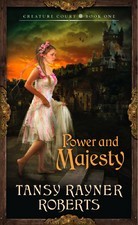
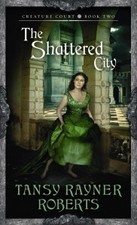
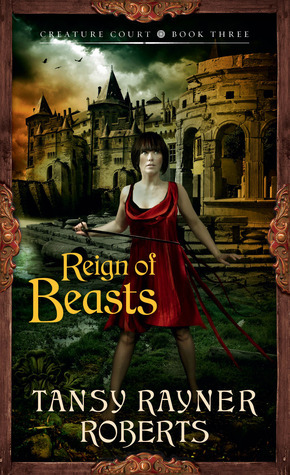
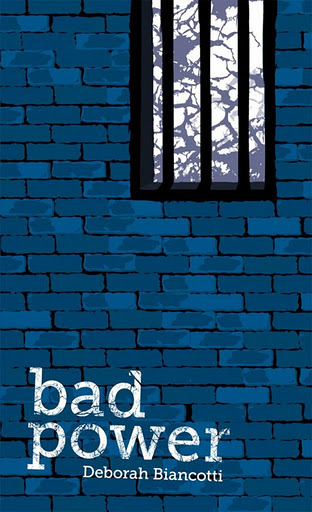 This book is part of Twelfth Planet Press’s “
This book is part of Twelfth Planet Press’s “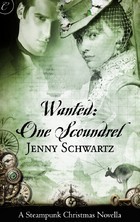 Wanted: One Scoundrel by Jenny Schwartz is set in and around the Swan River colony — mostly in Perth and Fremantle. The protagonist, Esme, is the daughter of a gold prospector and inventor who struck it rich relatively recently. She is also a suffragette spearheading a political party with the goal of giving women and non-Anglos rights and votes.
Wanted: One Scoundrel by Jenny Schwartz is set in and around the Swan River colony — mostly in Perth and Fremantle. The protagonist, Esme, is the daughter of a gold prospector and inventor who struck it rich relatively recently. She is also a suffragette spearheading a political party with the goal of giving women and non-Anglos rights and votes. The Spider Goddess is a fun, quick read in a very similar vein to The Blood Countess. Pandora English is a supernaturally gifted assistant at a New York magazine who is only starting to discover and develop her powers. She lives with her preternaturally youthful great aunt in a supernaturally resonant (or something like that) mansion apartment in a mysteriously enshrouded suburb of Manhattan.
The Spider Goddess is a fun, quick read in a very similar vein to The Blood Countess. Pandora English is a supernaturally gifted assistant at a New York magazine who is only starting to discover and develop her powers. She lives with her preternaturally youthful great aunt in a supernaturally resonant (or something like that) mansion apartment in a mysteriously enshrouded suburb of Manhattan.